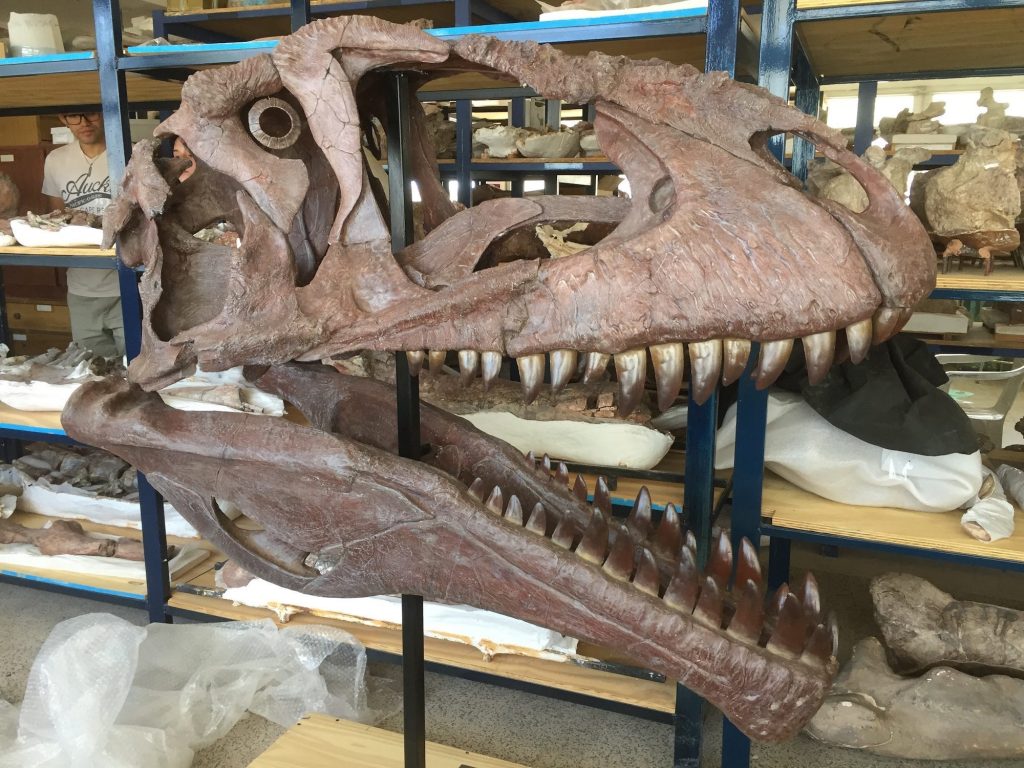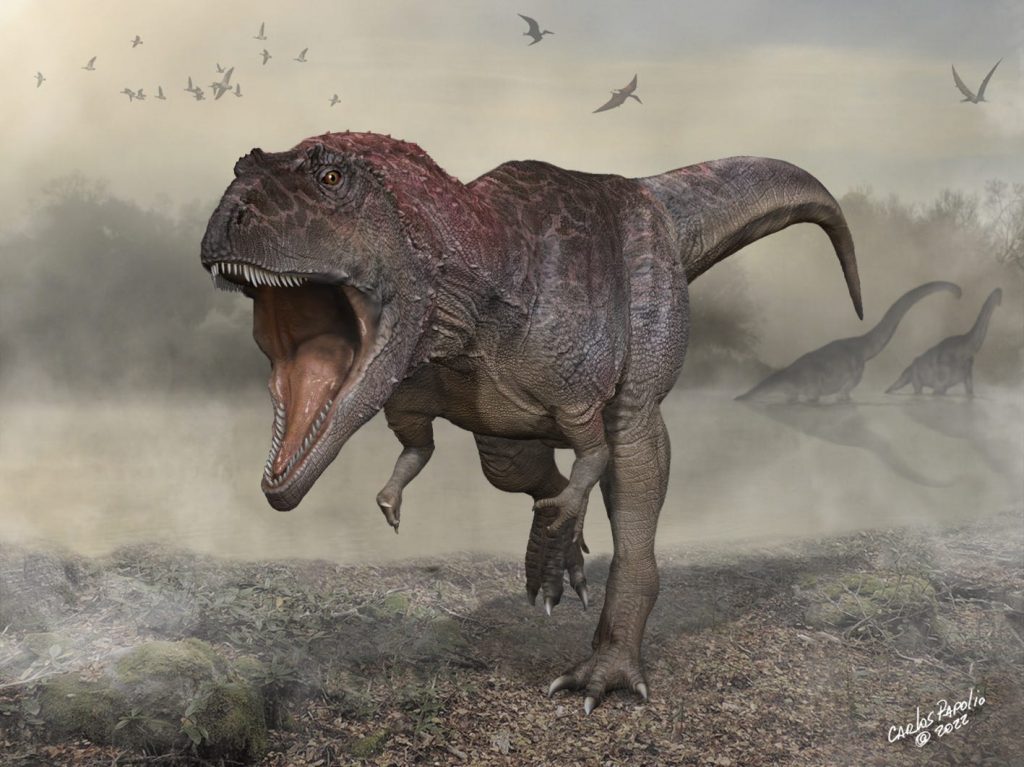- A new species of tiny-armed dinosaur, which was 36ft long, was identified in Argentina.
- It is the third type of dinosaur to evolve independently to have tiny arms.
- Experts still don't know what the tiny arms were for, but are surer than ever they were no fluke.
A new species of giant carnivorous dinosaur that had disproportionately tiny arms was discovered in Argentina.
The discovery of Meraxes gigas marks the third group of huge carnivorous dinosaur that evolved this way.
The creature disappeared 20 million years before other well-known small-armed predators like the T. rex, which means the tiny arms must have evolved independently. What remains unclear is why.
The discovery, published in the Current Biology on Thursday, adds fuel to the debate raging among paleontologists about the function of tiny arms for giant predators, experts told Insider.
"This is a real repeated pattern among giant carnivores: They are shrinking the arms down," said Dave Hone, a paleontologist from Queen Mary University in London who was not involved in the paper.
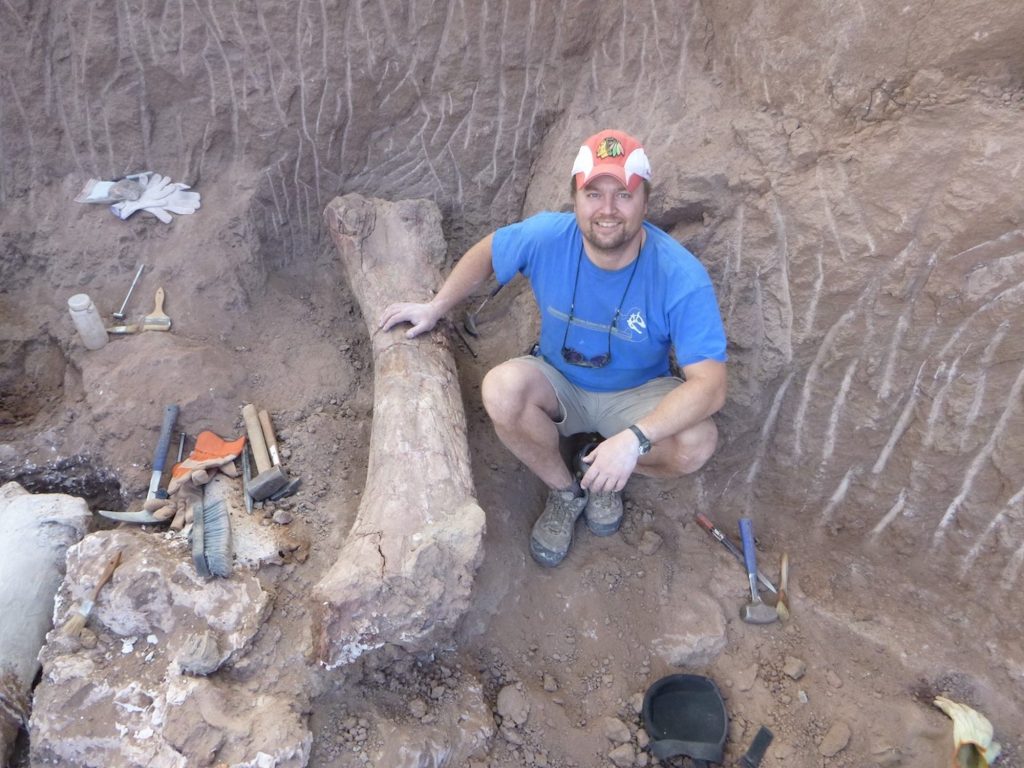
Meraxes gigas
Scientists discovered the remains in 2012, but it's taken ten years to excavate and analyze the huge skeleton, said Juan Ignacio Canale, a study author from the CONICET research institute in Buenos Aires, Argentina.
Canale and his colleagues were on a field survey of the fossil-rich Huincul Formation in northern Patagonia when they came across a fossilized vertebra — a section of the spine — as big as a human head.
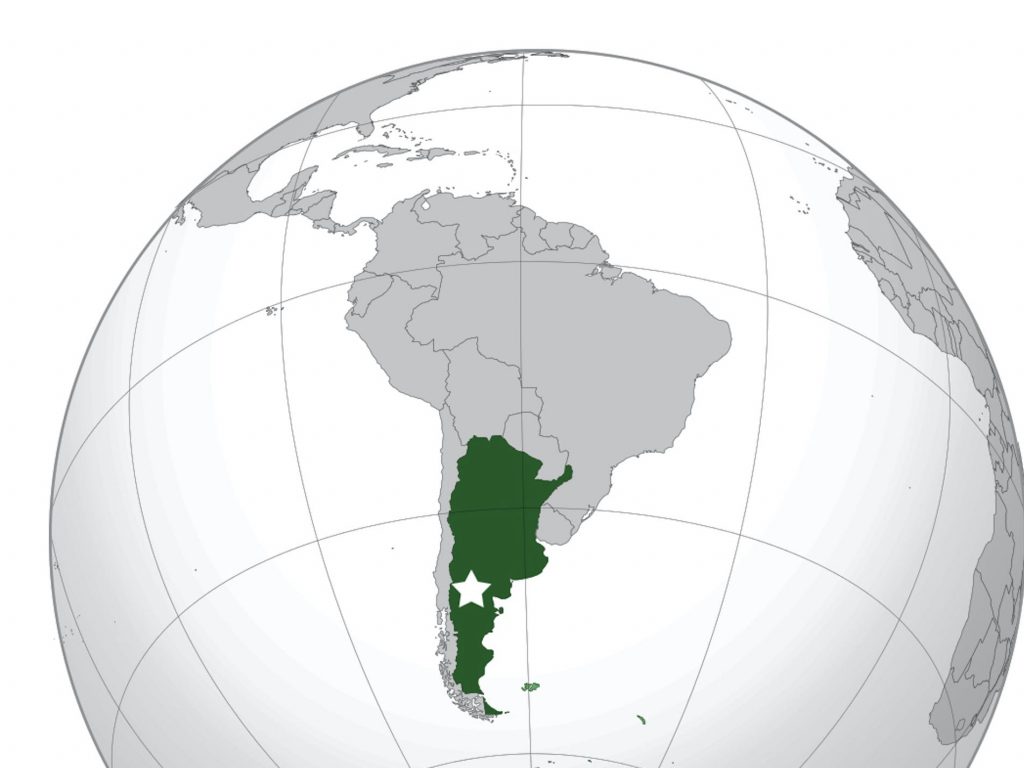
They recognized it as a fossil from a type of carcharodontosaurid, the family of two-legged carnivorous dinosaurs that lived throughout the Cretacious period, but went extinct 80 to 85 million years ago.
This was about 20 million years before the mass dinosaur extinction that wiped out the T. rex, per Canale.
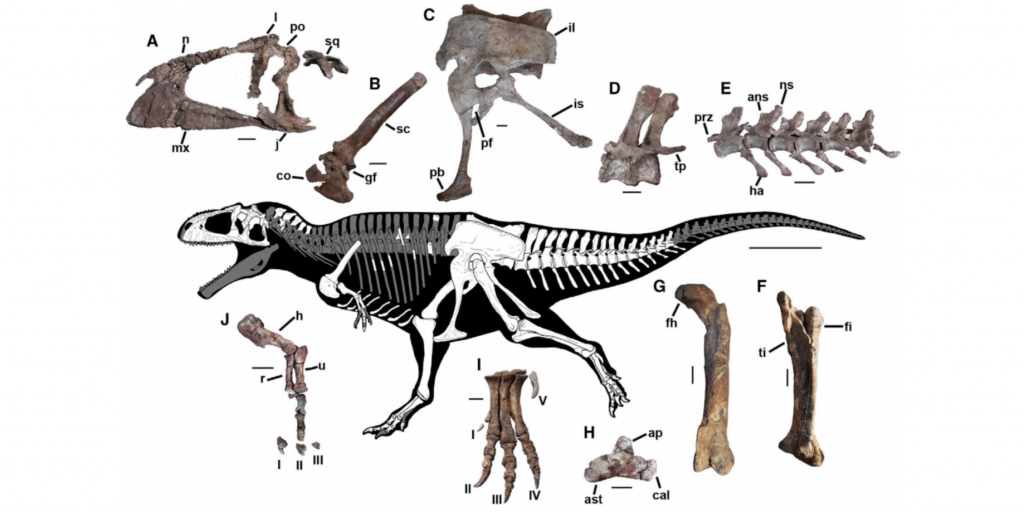
The dinosaur, named Meraxes gigas after a dragon from the "Game of Thrones" books, is a new species of carcharodontosaurid. This skeleton belonged to an adult dinosaur that was about 45 years old, 36 ft long, and weighed more than four tons when it died.
Tiny arms, long mystery
The discovery makes carcharodontosaurids the third group of dinosaurs known to have evolved arms disproportionately small for their large size. The others are tyrannosaurids and abelisaurids.
In all three groups, the evolution seems to have followed the same pattern: as the two-legged predators got bigger, their heads grew but their arms shrank.
It's unlikely that three groups of dinosaurs would evolve like this for no reason, Hone and Canale said.
"Once is a novelty. Twice is: huh! Third time? Okay, this is happening again and again," said Hone.
It is possible their arms ended up smaller because the predators learned to hunt using only their enlarged head, leaving their arms redundant.
"Things that are nonfunctional tend to either be reduced or lost," said Hone.
But there are signs — which were also seen in Meraxas gigas – that the arms may have still been good for something.
The bones in the arms tended to be still quite strong and have huge ligament insertions, which suggests they were attached to strong muscles. The arms' overall form was consistent over time, said Hone.
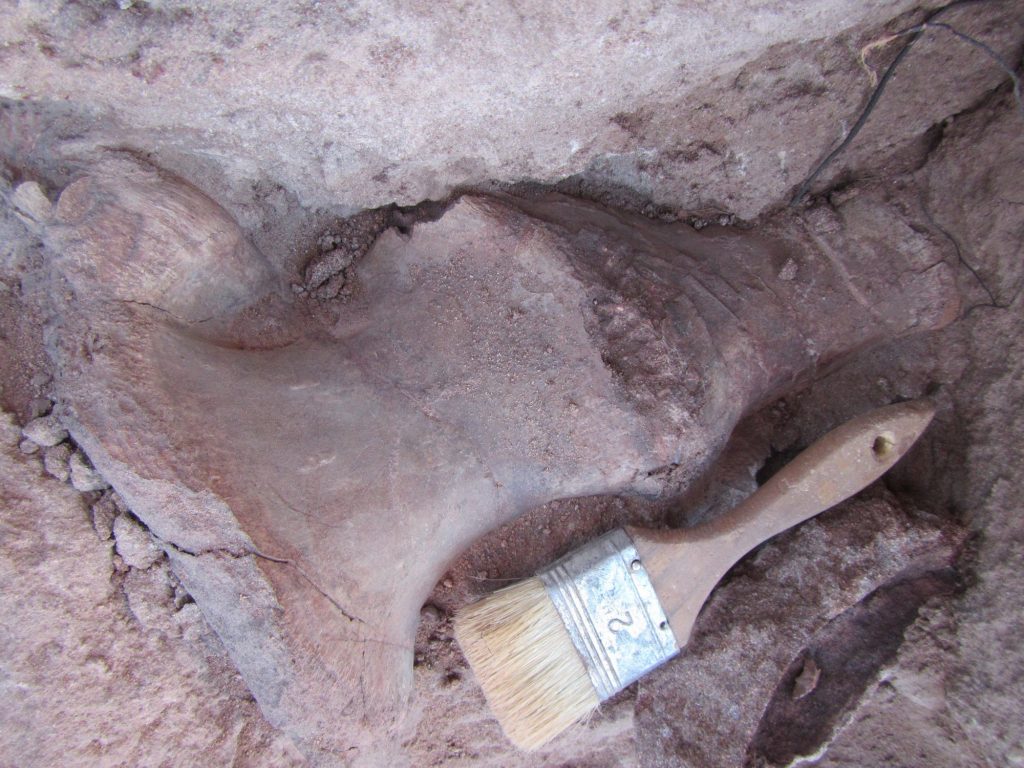
"They were used for grasping something, we don't know what. Maybe not for predation. Having a skull of about one meter and a half, these little arms don't look like they will be useful for that," Canale said.
"But maybe for other activities."
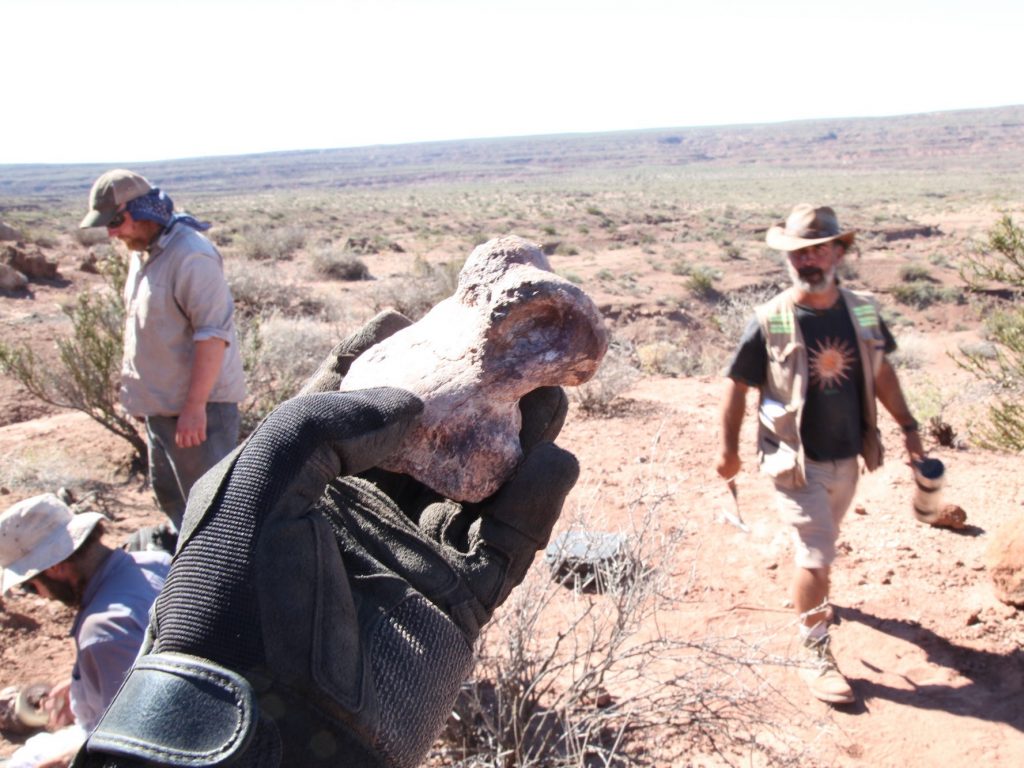
Cow-tipping? Grappling hooks for mating?
Some have suggested that the arms were used to help grasp a mate during sex, or to counterbalance their massive heads during attacks.
Others said that perhaps the arms helped the predator rise from a fall, or to topple triceratopses over during hunting (this is called the "cow-tipping" hypothesis).
For Hone, none of these are particularly convincing.
"I'm all in favor of the possibility of a mechanical function in these reduced arms. But I want a reason that stands up to even 10 seconds of thought and scrutiny and I've yet to see one," he said.
"There are lots of mysteries in paleontology. This is one of them," he said.
